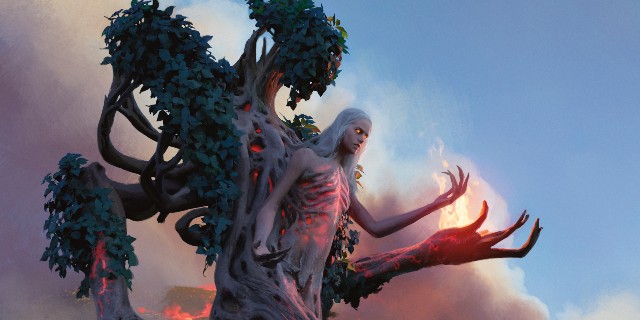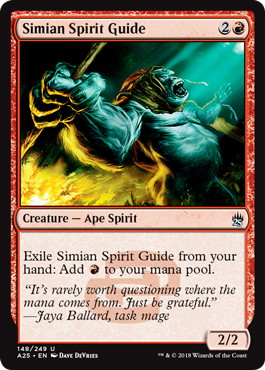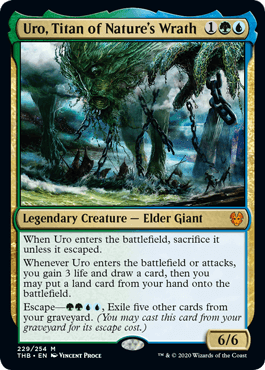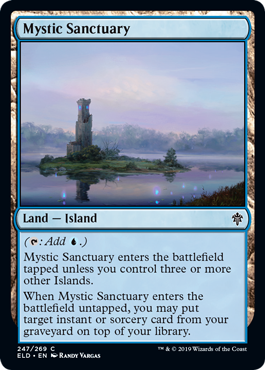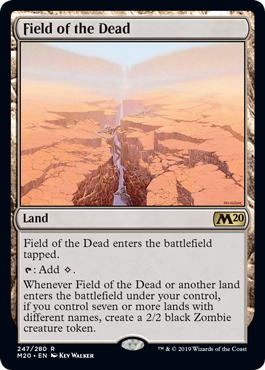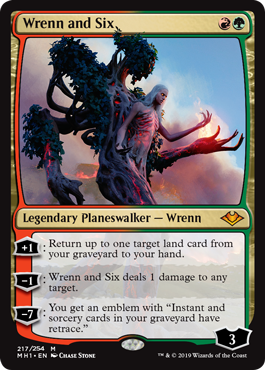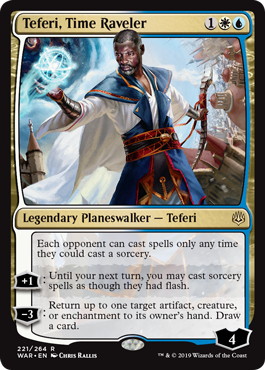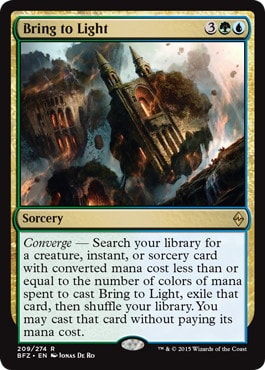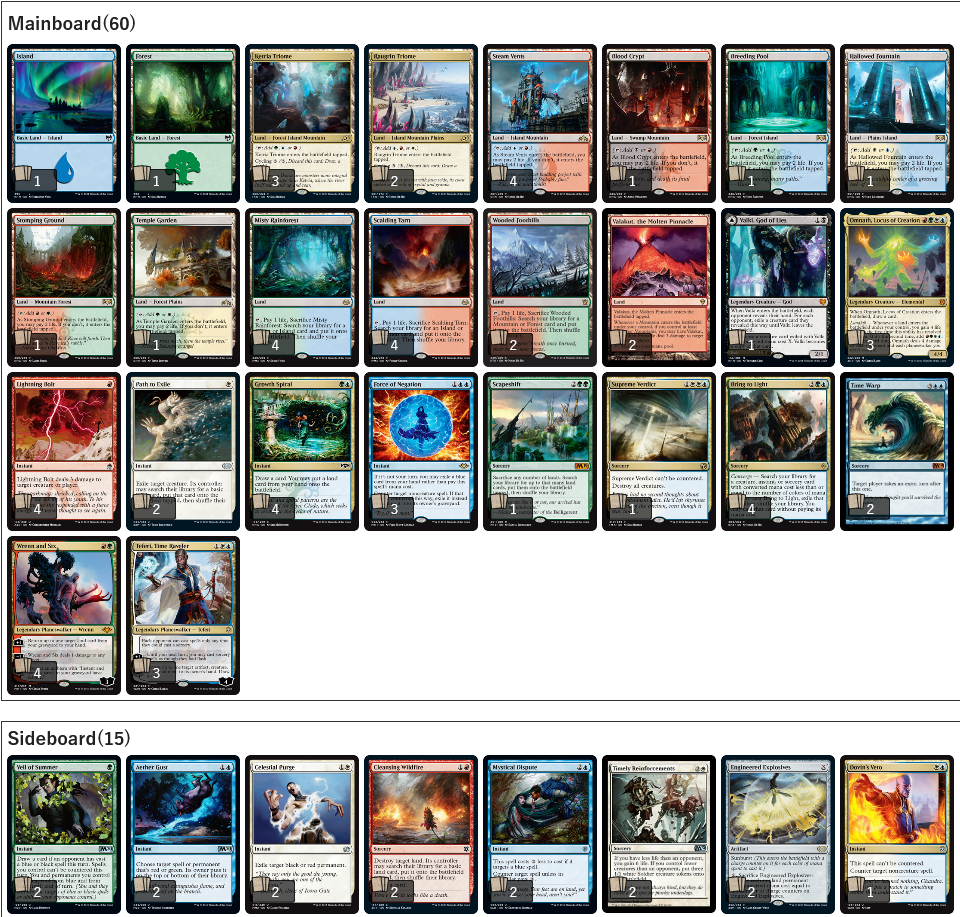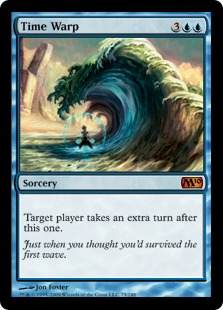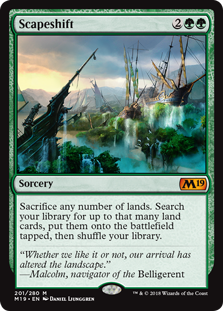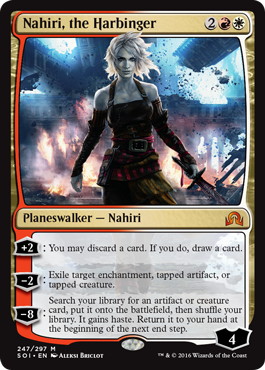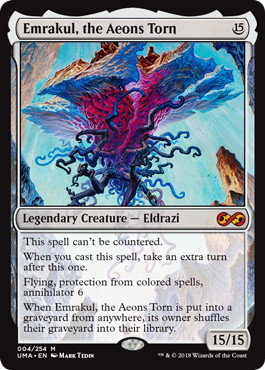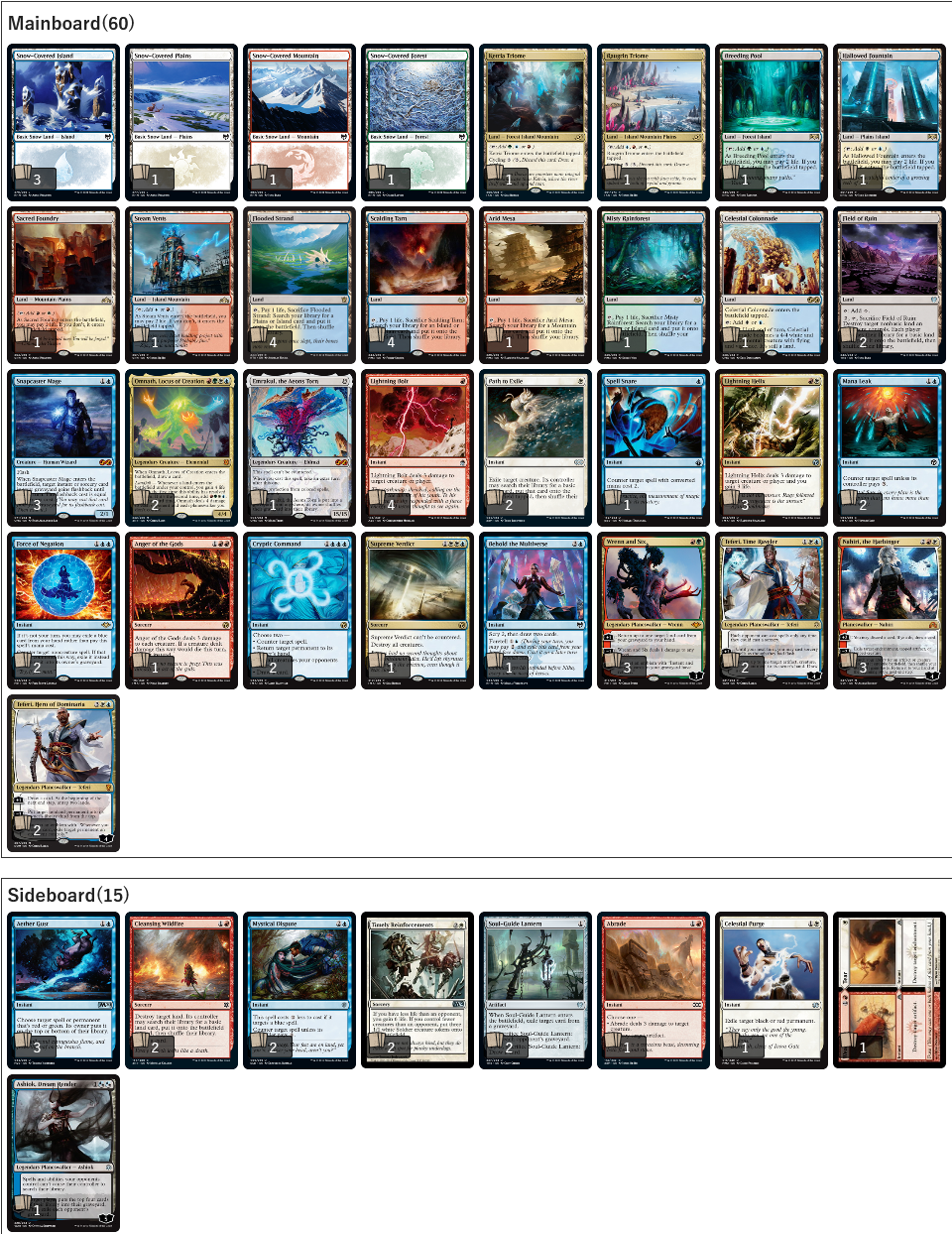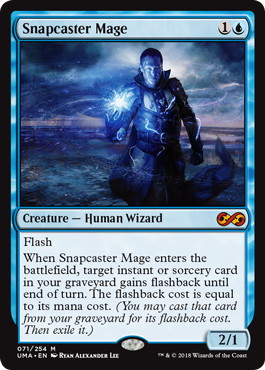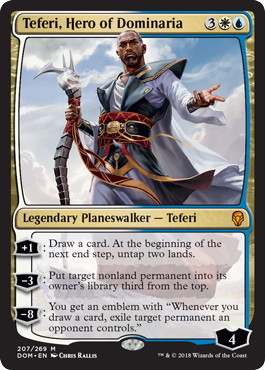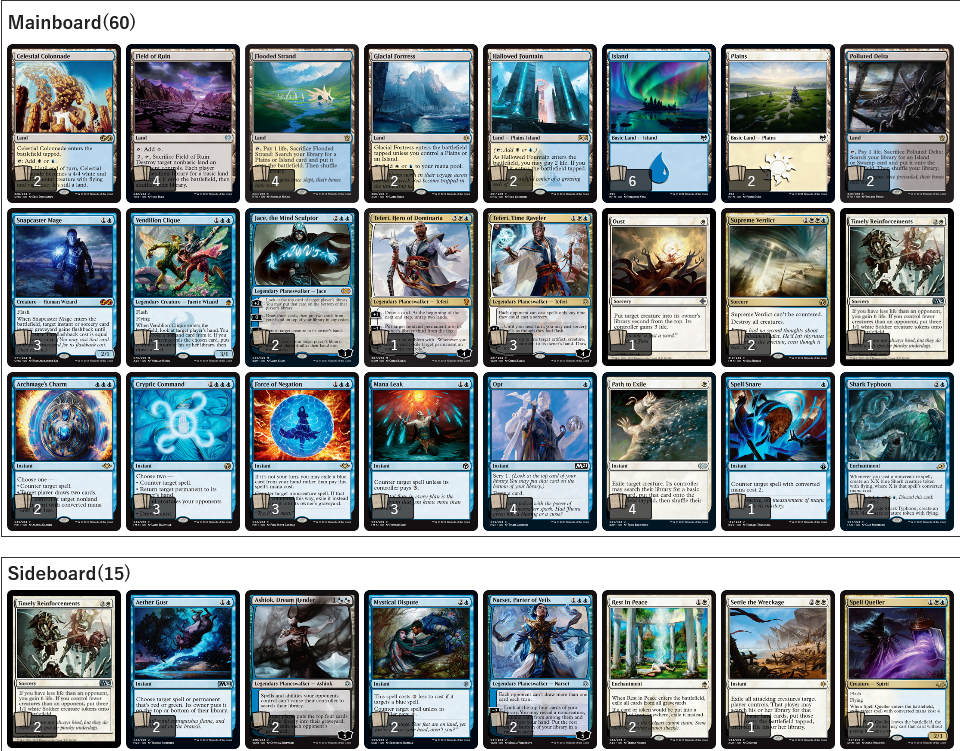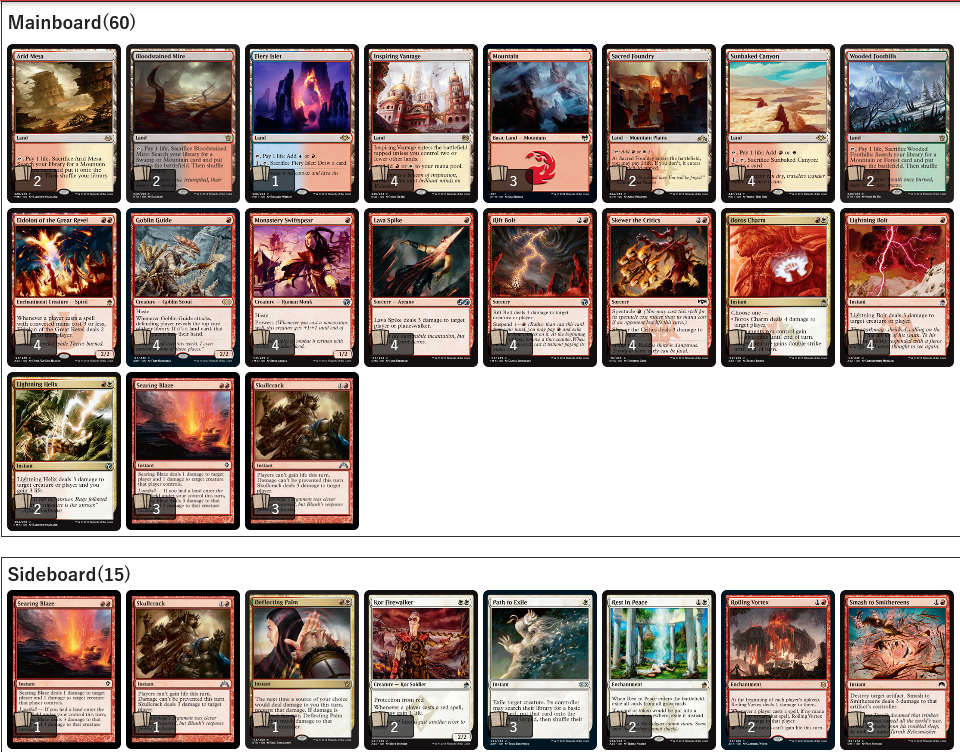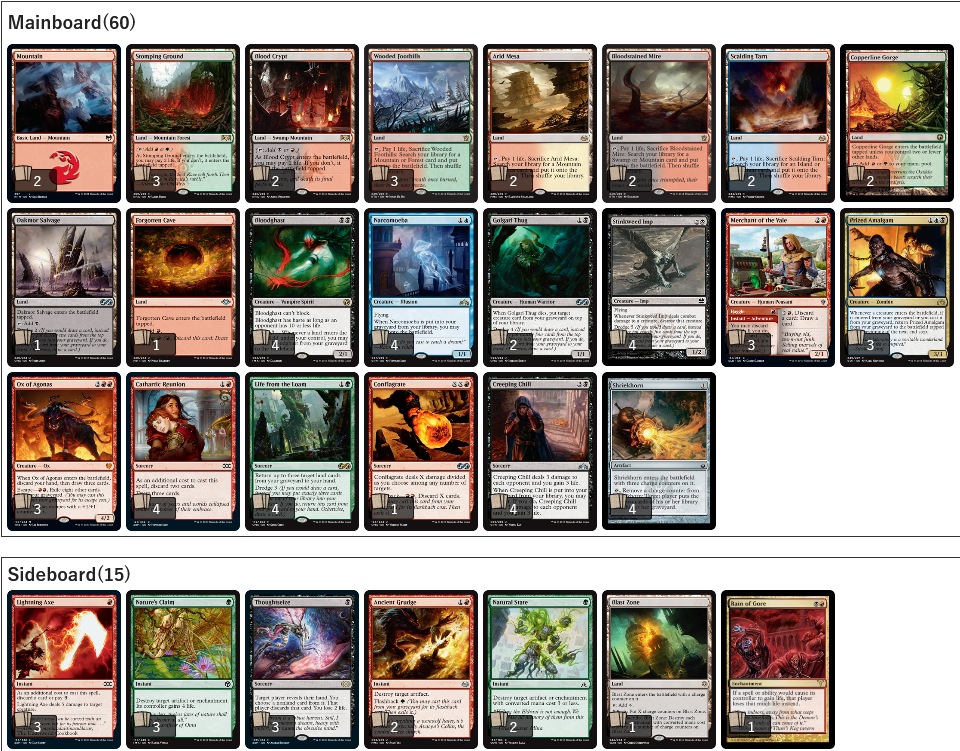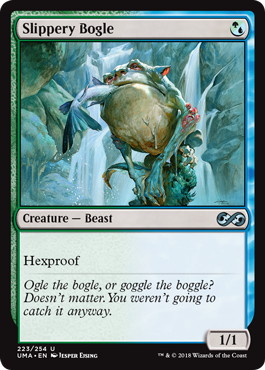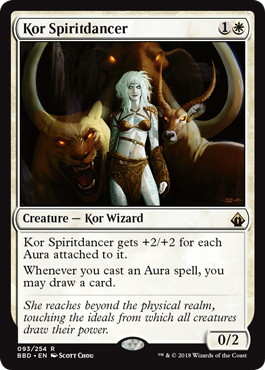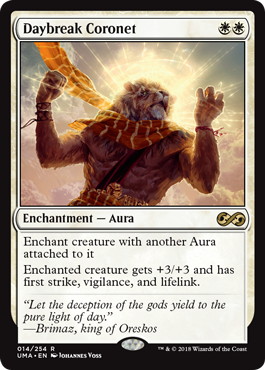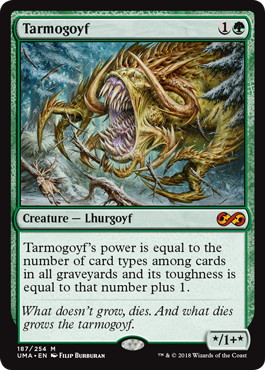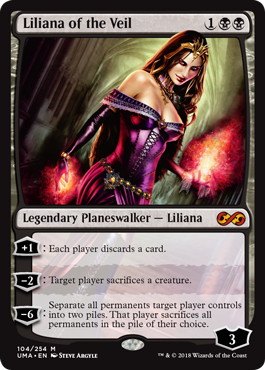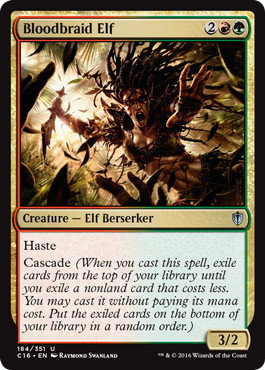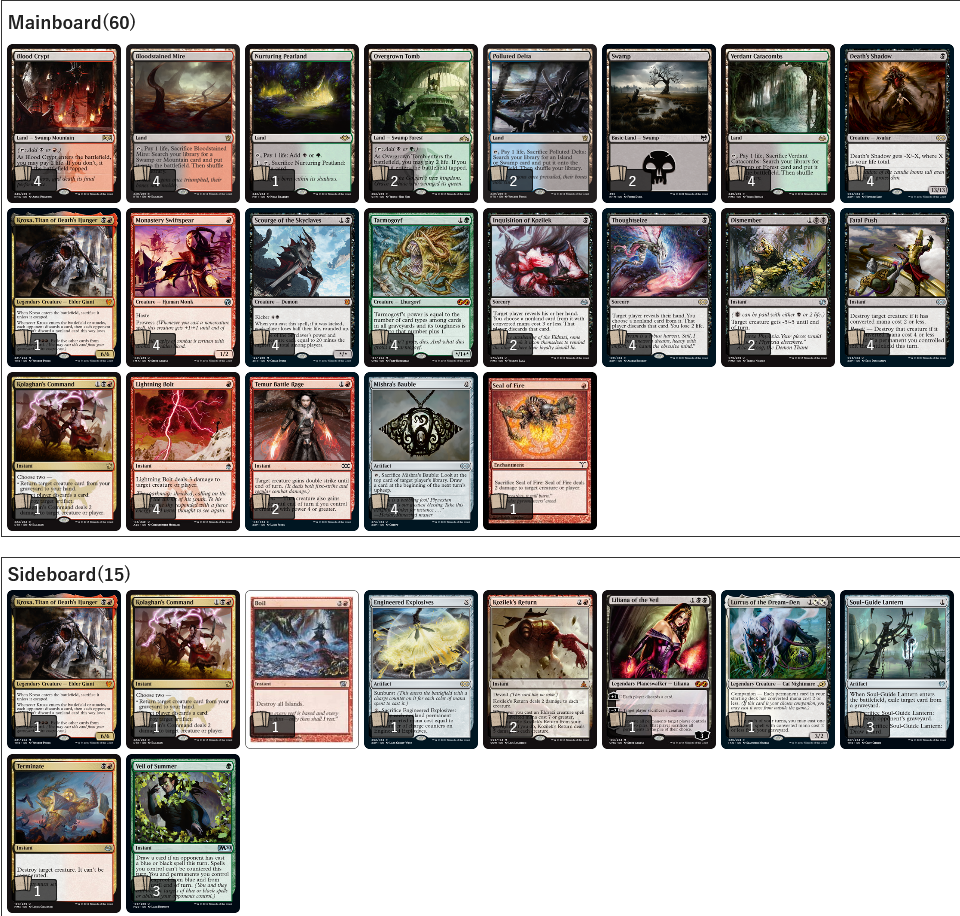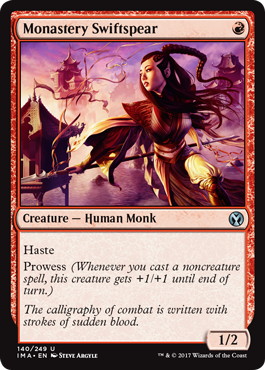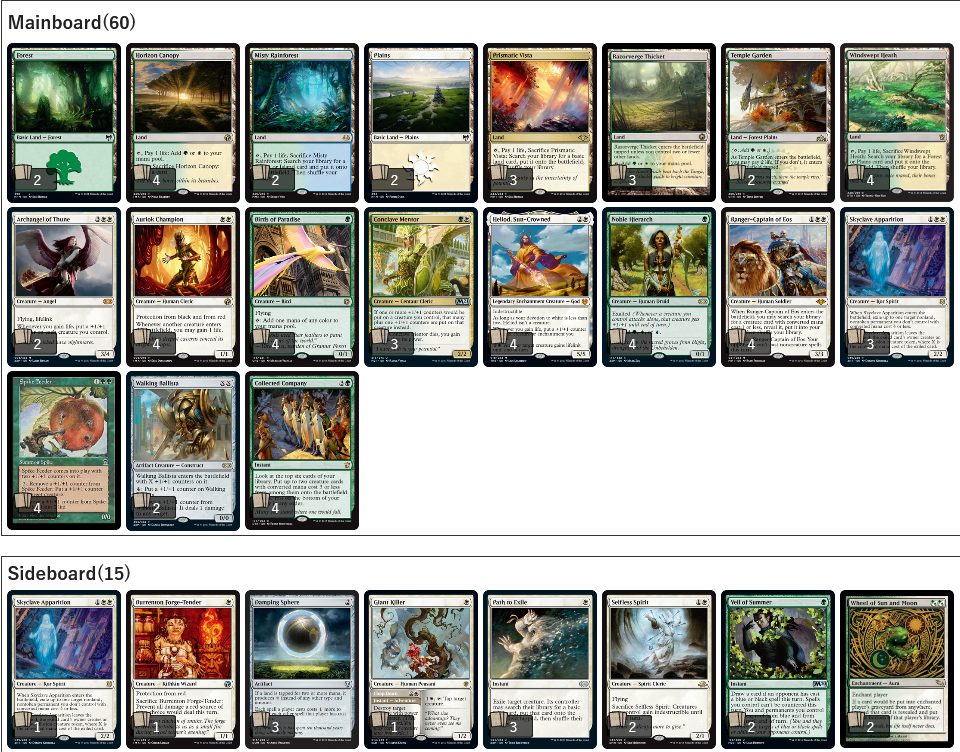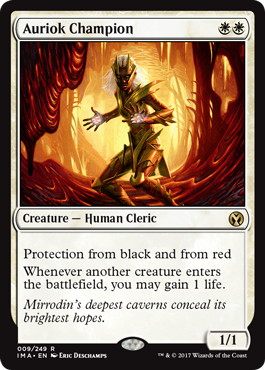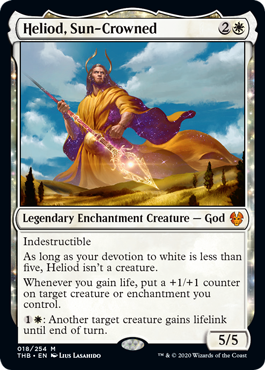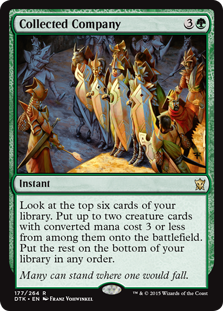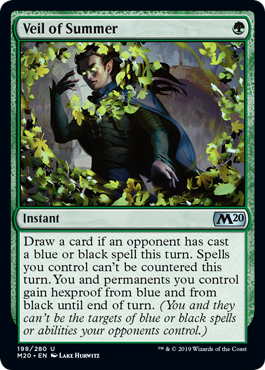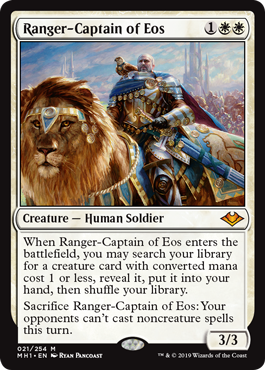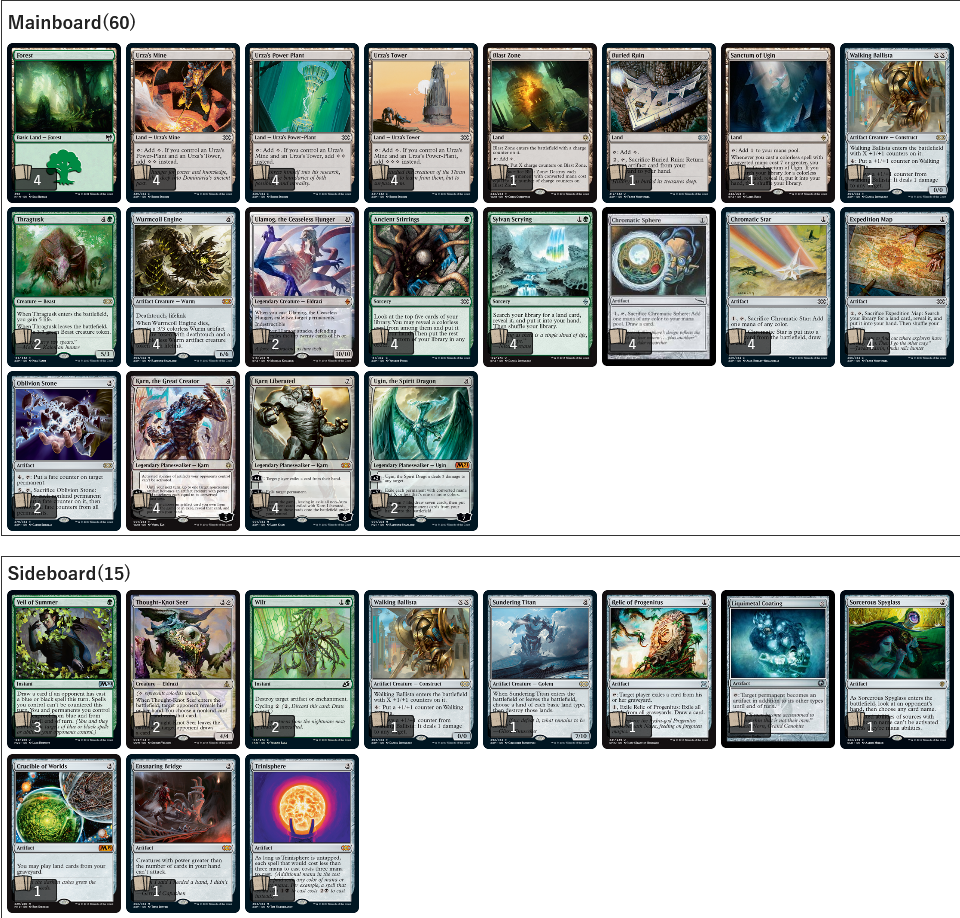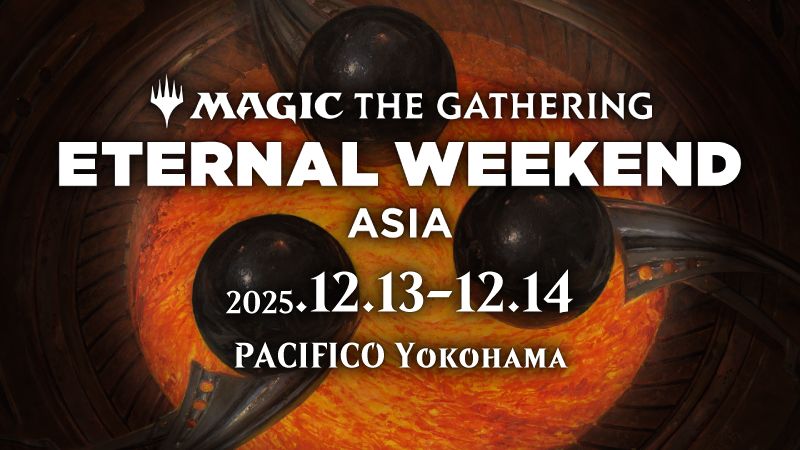Introduction
Hello!
As you all have probably heard by now, on the 15th of February Wizards of the Coast announced a large list of bans for multiple formats. Tackling them all at once would be a huge task, so I’m just going to focus on my favorite format, Modern, and tell you what I think will happen as a consequence of these bans.
Which decks got destroyed? Which banned decks are still playable? Which will rise to the top? Which ones should still not be played? What should you focus on when choosing sideboard cards? Tune in to find out.
The five cards that got banned are:
In addition, the Cascade mechanic was reworded so that you could no longer cast 《Tibalt, Cosmic Impostor》 after flipping into a 《Valki, God of Lies》 with 《Ardent Plea》 or 《Violent Outburst》.
The Future of Omnath
Ignoring the week of absolute madness with Turbo Tibalt Cascade decks, I think many Modern players would agree that before the bans various Uro control decks were the best decks in the format. Their popularity was mostly kept in check by the hefty price tag attached to them. These decks often contained 3 of the banned cards: 《Uro, Titan of Nature’s Wrath》, 《Mystic Sanctuary》 and 《Field of the Dead》. Three cards getting banned from a single deck must mean that it’s dead, right?
In some ways yes, and in others no. While the best win conditions were banned, the supporting cast is still intact and includes cards that are incredibly powerful, like 《Wrenn and Six》. These decks do need to figure out other ways to actually close out the games, but the core of 《Wrenn and Six》, 《Teferi, Time Raveler》 and 《Omnath, Locus of Creation》 is a solid foundation to build decks upon.
It’s also worth noting that the mana bases of these decks get noticeably better. Not having to play 4 colorless lands (2 《Field of the Dead》 2 《Field of Ruin》) and an Island that enters the battlefield tapped in the early game (《Mystic Sanctuary》) means that there will be a lot less awkward opening hands and uncastable 《Wrenn and Six》 on turn 2.
《Bring to Light》
One possibility that I’m interested in trying out is moving to a 《Bring to Light》 package.
Example list:
There’s a few different things going on here and the deck is capable of attacking from multiple directions. 《Bring to Light》 enables resilient finishers in the form of 《Tibalt, Cosmic Impostor》 and 《Scapeshift》. Worth noting is that while the rules regarding Cascade were changed, you can still search up 《Valki, God of Lies》 with 《Bring to Light》 and cast the flip side, 《Tibalt, Cosmic Impostor》.
I also like having access to 《Time Warp》 in a deck like this. It plays naturally well with planeswalkers in general, but with 《Wrenn and Six》 in particular it’s game breaking. The emblem of 《Wrenn and Six》 lets you lock the opponent out of the game for good. In addition, 《Time Warp》 acts as a ramp spell of sorts, bringing you a turn closer to a 《Scapeshift》 kill.
Copy Cat
Another option is to go to Copy Cat:
《Uro, Titan of Nature’s Wrath》 was never a critical part of this deck’s game plan, and if you just replace it with some more interaction I think Copy Cat is going to be a reasonably strong deck. The deck is very good at grinding value even without Uros, and gets to ignore a lot of things by having access to an infinite combo kill. The hardest matchups I found to be faster combo decks, but those should be on the decline thanks to 《Simian Spirit Guide》 no longer being a thing.
《Nahiri, the Harbinger》 + 《Emrakul, the Aeons Torn》
Yet another alternative is to play 《Nahiri, the Harbinger》 + 《Emrakul, the Aeons Torn》. This is an example decklist from Magic Online’s foremost control specialist McWinSauce:
All three of these lists rely on the same powerful core of 《Wrenn and Six》, 《Teferi, Time Raveler》 and 《Omnath, Locus of Creation》, and I’m sure there are many other possible solutions to the finisher problem than just the ones highlighted here. Which one comes out on top will be seen in the coming months.
Azorius Control
It is also possible, of course, to not stretch your mana base and just play classic Azorius Control instead. This is the list that won a Modern Challenge on Magic Online:
Personally, I would find it hard to resist the raw power provided by 《Wrenn and Six》, but having a smooth mana base definitely has its advantages. Not having access to 《Mystic Sanctuary》 makes these 《Cryptic Command》 style control decks a bit worse at grinding long matches, which is why it’s not a coincidence that the first two lists I recommended were more tapout style decks instead.
Freed From the Tyranny of Uro
There are a whole bunch of decks in Modern that have been underwhelming for the past year or so due to a weakness against the Uro-based control decks. The most obvious winner of these bans was Burn. It doesn’t take a rocket surgeon to understand why 《Uro, Titan of Nature’s Wrath》 as a card was good against it.
Unsurprisingly, the first post-ban Modern Challenge had two Burn decks, a Mono-Red Aggro deck and an Izzet Blitz deck in the top 8. If you’re a fan of those archetypes, these are definitely good times for you. And if you’re not a fan, like I’m not, then you should remember to pack your sideboard cards with you! Different flavors of Red Aggro will definitely be popular going forward so you have to pay respect with your sideboard choices.
Burn
Dredge
On the other hand, an archetype that I AM a big fan of also got better: Dredge. For most of the past year, I have felt like the deck hasn’t been in a very good position. A couple of years ago it used to feel impossible to lose game 1s to control decks, but between 《Uro, Titan of Nature’s Wrath》, 《Force of Negation》 and the 《Cryptic Command》 + 《Mystic Sanctuary》 lock, I found myself losing close games even when the opponents didn’t have any graveyard hate, and if they had any it was very hard to recover.
Those of you who know anything about me know that it’s a huge sign that I didn’t choose to play the deck in last year’s Magic Online Championships, and instead gave up and played 《Uro, Titan of Nature’s Wrath》, 《Mystic Sanctuary》 and 《Field of the Dead》 myself.
This would be my updated list:
As a Dredge fan I don’t really want to say this out loud, but I think Bogles also got a lot better after these bans, and might be a good choice right now. The combination of 《Cryptic Command》 and 《Mystic Sanctuary》 was particularly good against Bogles, which had a hard time dealing with the lock. And if Burn and Dredge are picking up speed, the slippery scouts have some good matchups in the metagame.
All three of these decks had some troubles against the faster 《Simian Spirit Guide》 combo decks, as they couldn’t really afford to dedicate slots to interaction, and couldn’t beat them in a race either.
Another deck that struggled with 《Uro, Titan of Nature’s Wrath》 and 《Field of the Dead》 was Jund, as it simply couldn’t keep up with all the card advantage. While Jund is now significantly less bad than it was before, I still don’t recommend it unless you’re related to Reid Duke and Logan Nettles. It’s playable, of course, but I just don’t feel like it’s doing anything particularly well. There are always more matchups that you’re kind of hoping not to face than those that you’d actively want to see on the other side of the battlefield.
It’s the poster child for being able to beat anything in theory but losing to everything in practice. See, while it can be tuned to beat any single matchup, it can’t be tuned to beat all of them at the same time. And when you bow to one direction, you show your butt to the other. This effect makes decks like Jund always feel better than they are in reality. Now, if you were able to accurately predict the metagame of an upcoming Modern tournament and tune your list accordingly, I think Jund would be a good choice. But let me ask you this: if you were able to do that, do you really think Jund is ever the actual best choice you could be playing to take advantage of that situation?
All of that said, it does play the strongest standalone card in the format 《Wrenn and Six》) and uses it fairly effectively, so it definitely has some things going for it.
If I had to play a Jund colored deck in a tournament, I would personally rather play a 《Death’s Shadow》 variant than a regular Jund deck. The 《Death’s Shadow》 lists have a much stronger proactive game plan, which is invaluable in a format as diverse as Modern. Again, being able to kill the opponent quickly covers up a lot of holes and lets you get away with not having answers to everything your opponents have. I think that is the single most important thing you should know about Modern.
Jund Death’s Shadow
The same concept applies to the various combo decks that used to play 《Simian Spirit Guide》. A deck like Oops All Spells gained a lot of free wins by simply killing the opponent before they had a chance to play their hate cards. If you kill on turn 2 on the play, all the 《Meddling Mage》 and 《Rest in Peace》 in the world won’t be enough to stop you. I don’t think those decks were particularly strong before the bans, and I definitely wouldn’t recommend them now that their free wins are significantly reduced. The Turbo Tibalt decks were an exception to the not-being-particularly-strong rule, but those have quite literally been ruled out of the game.
Back on the topic of Jund Death’s Shadow, I don’t think that deck is very well positioned either at the moment. One issue is the matchup against Burn, which I have found to be somewhat unpleasant if the Burn player knows what they’re doing. This is less of a problem now than it used to be if you’re playing a version with 《Monastery Swiftspear》 and 《Scourge of the Skyclaves》 instead of 《Street Wraith》. However, there’s a bigger problem than that, which is the matchup against what I think is the best positioned deck at the moment. What is that deck, then?
Rise of a Champion
The best deck to play right now, in my opinion, is Green-White Heliod Company. In the first post-ban Modern Challenge, one such deck made the finals, and the second Challenge’s finals featured a Heliod Company mirror match. I don’t think this is an accident, as I think the deck is in a tremendous position right now. Here is MrRaeb’s list, which won one of the tournaments:
Heliod Company
When various Red decks are popular, it’s nice to be a deck with 4 《Auriok Champion》 in the main deck and an infinite life combo. And can you imagine a more miserable matchup for the Jund Shadow decks? Between 《Auriok Champion》, the indestructible 《Heliod, Sun-Crowned》, 《Skyclave Apparition》, 《Collected Company》 and 《Veil of Summer》 from the sideboard, the matchup feels like a nightmare.
For a Green-White creature deck, it’s also surprisingly annoying to play against with a control deck. Threatening a combo kill with 《Walking Ballista》 and 《Heliod, Sun-Crowned》 makes it dangerous for the opponent to tap out, but they do have to deal with your smaller threats at some point and you’re also threatening to overload their mana with end step 《Collected Company》.
《Ranger-Captain of Eos》 plays triple duty in these matchups as it provides card advantage, pressures their life total, and protects your combo from instant speed interaction. 《Veil of Summer》 is a critical piece in those matchups as well, and I would personally want a third copy in the sideboard.
And as discussed earlier, having access to the combo kill lets you ignore some of the things that you can’t answer. One of the weaknesses of this deck was that it wasn’t very good at dealing with faster combo decks, but now that those are on the decline thanks to 《Simian Spirit Guide》 being banned, this deck is in a great position.
Don’t Forget the Lands!
The last thing that I wanted to bring up was the situation of big mana decks. Going forward, the various 《Primeval Titan》 decks have to revert back to either 《Valakut, the Molten Pinnacle》 and 《Scapeshift》, or 《Amulet of Vigor》. 《Primeval Titan》 is still a powerful card even if the decks are now less resilient after losing 《Field of the Dead》.
I feel like a lot of players have forgotten that both 《Primeval Titan》 and the Urza Tron lands still exist, and I’ve seen a lot of sideboards that haven’t paid any attention to the big mana decks. While I don’t think these strategies have enough to become the number one most popular decks in the format, I do believe they are strong enough to punish opponents who aren’t prepared for them. The big mana decks are yet another beneficiary of the 《Simian Spirit Guide》 ban, as the super fast combo decks tended to be awful matchups. Thus, in the near future, I believe these can also be good choices to play. However, I do have some concerns about the Burn and Prowess matchups, especially for Tron.
Mono Green Tron
Here’s the Tron list that won a recent NRG Series tournament:
Conclusion
There are more viable decks in the metagame than these, of course. The ones mentioned here are, in my opinion, the biggest movers and shakers.
If there was an important Modern tournament tomorrow, I would recommend playing Heliod Company. However, experience and comfort are also important factors in deck selection, and as long as you’re playing something powerful and proactive you should be fine.
And that’s the beauty of Modern: there are so many different decks that there’s something for everyone to enjoy.
Matti Kuisma (Twitter)


